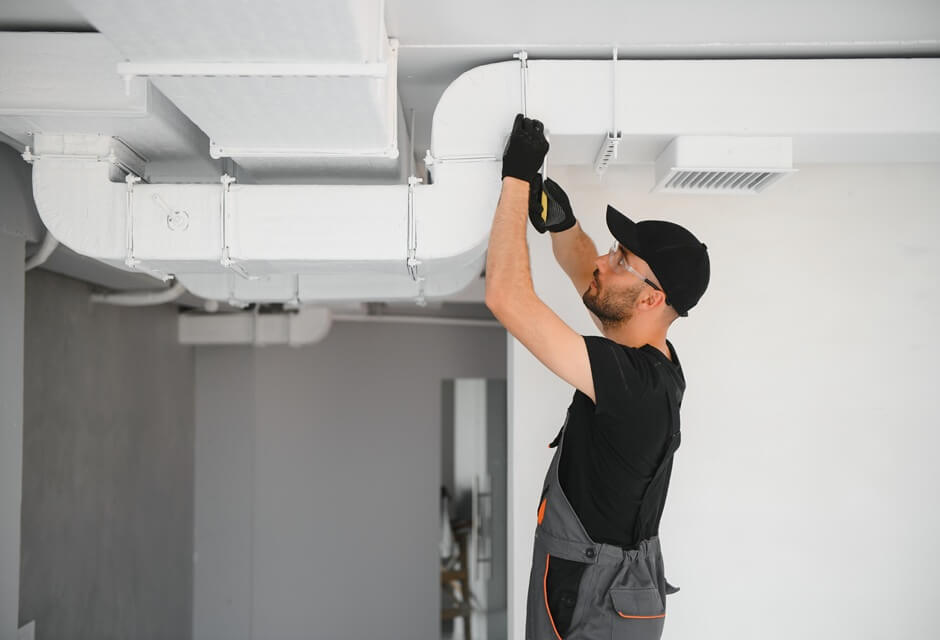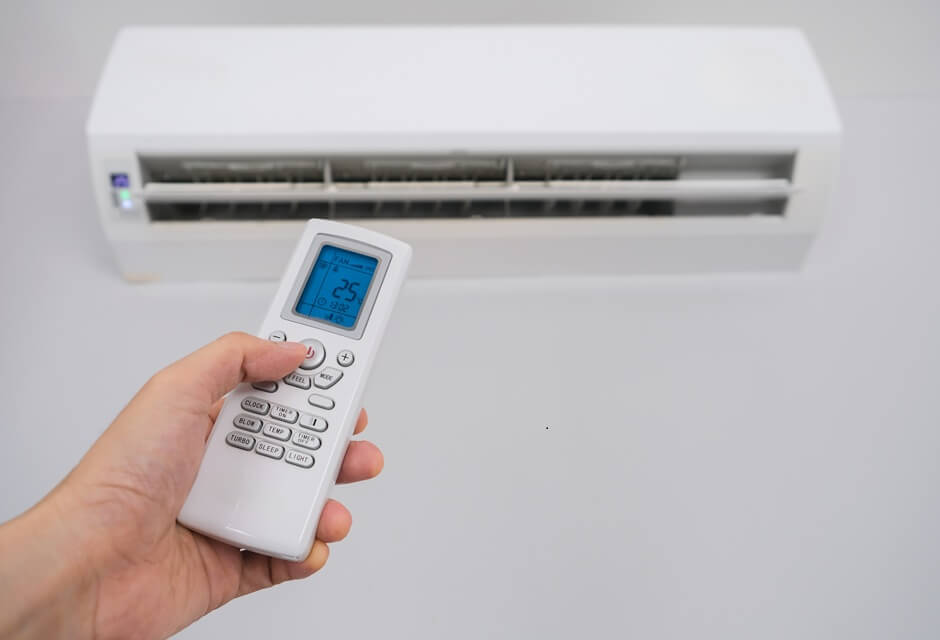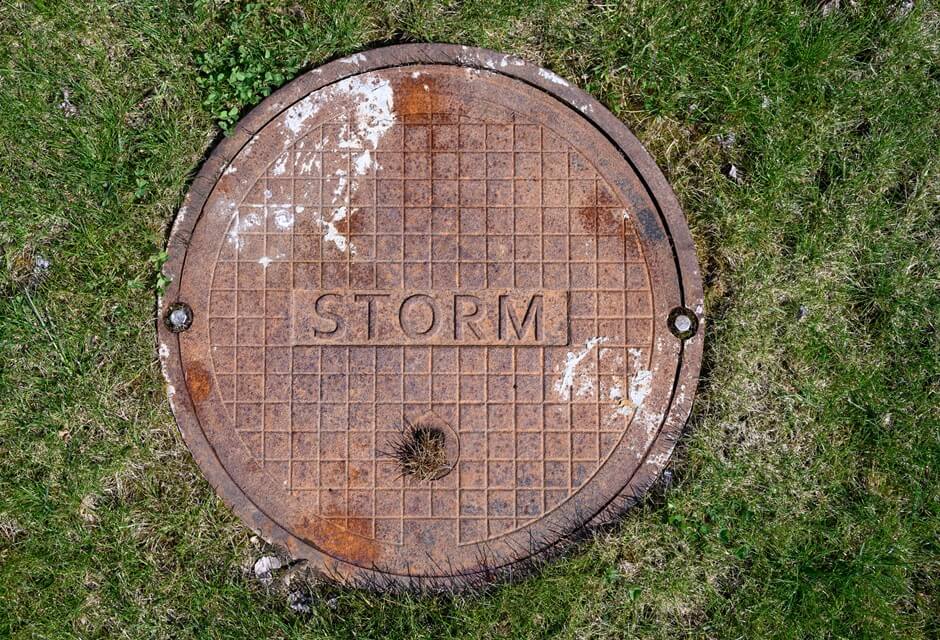Replacing an old, loose, or broken window is well worth the short term cost for the long term savings. An air-tight, energy efficient window can greatly lower the cost of your electric bill. Experts estimate that replacing an old window with an Energy Star- qualified product, you are guaranteed to save anywhere from $100 to $500 a year depending on the pane style. However, a cheaper option to replacement is window repair. A new window itself can cost between $150 to $1000 excluding the installation work. Repairing a new window may be more economical in that they usually cost less than $50. Another alternative to having a complete window replacement is adding window insulation. But, if you notice that moisture is entering your house, I would highly recommend replacing the window completely to prevent mold growth which can turn out to be a serious health hazard. Thinking about what type of replacement is necessary and what material is best are the main factors to consider when deciding to replace your window.
The first is figuring out they type of replacement: a sash replacement, a sash-and-frame replacement, or a complete unit replacement. A sash replacement is great if the original window frame is still working properly and is not compromised by moisture. A new sash, jamb liners, and parting stops are simply installed without interfering with the trims or casings. This method, though the least expensive way is not always the most stylish, sometimes appearing bulky. The sash-and-frame replacement is necessary when there are signs of moisture damage or air seepage between the sash and frame, but everything else remains fine. These units are usually the most expensive; however, the installation costs are reasonable. A complete unit replacement is only necessary when there is a significant amount of damage done to the window or opening. But, with proper installation, this method will have the best performance and the best long term results in saving money in the future.
There also many framing options to consider: vinyl, fiberglass/composite, wood, and aluminum. Each having their own pros and cons about the durability, pricing, and maintenance work. Vinyl is the least expensive material of the four and requires little to no maintenance. The only downside to vinyl is it is only available in light colors because darker colors absorb the heat from the sun and cause warping. A little more expensive than vinyl is wood. Wood is the more popular choice for many because its availability and can come in many different colors and types. But, wood requires constant attention and maintenance. The next priciest material is fiberglass. Though more durable than vinyl and wood, fiberglass needs little to no maintenance and can be painted to any color desired. The most expensive material for windows is aluminum clad. However, aluminum is virtually maintenance free and can be stained to any color you desire.
 Let a window contractor give you an estimate on your project
Let a window contractor give you an estimate on your project





 Member of the
Member of the